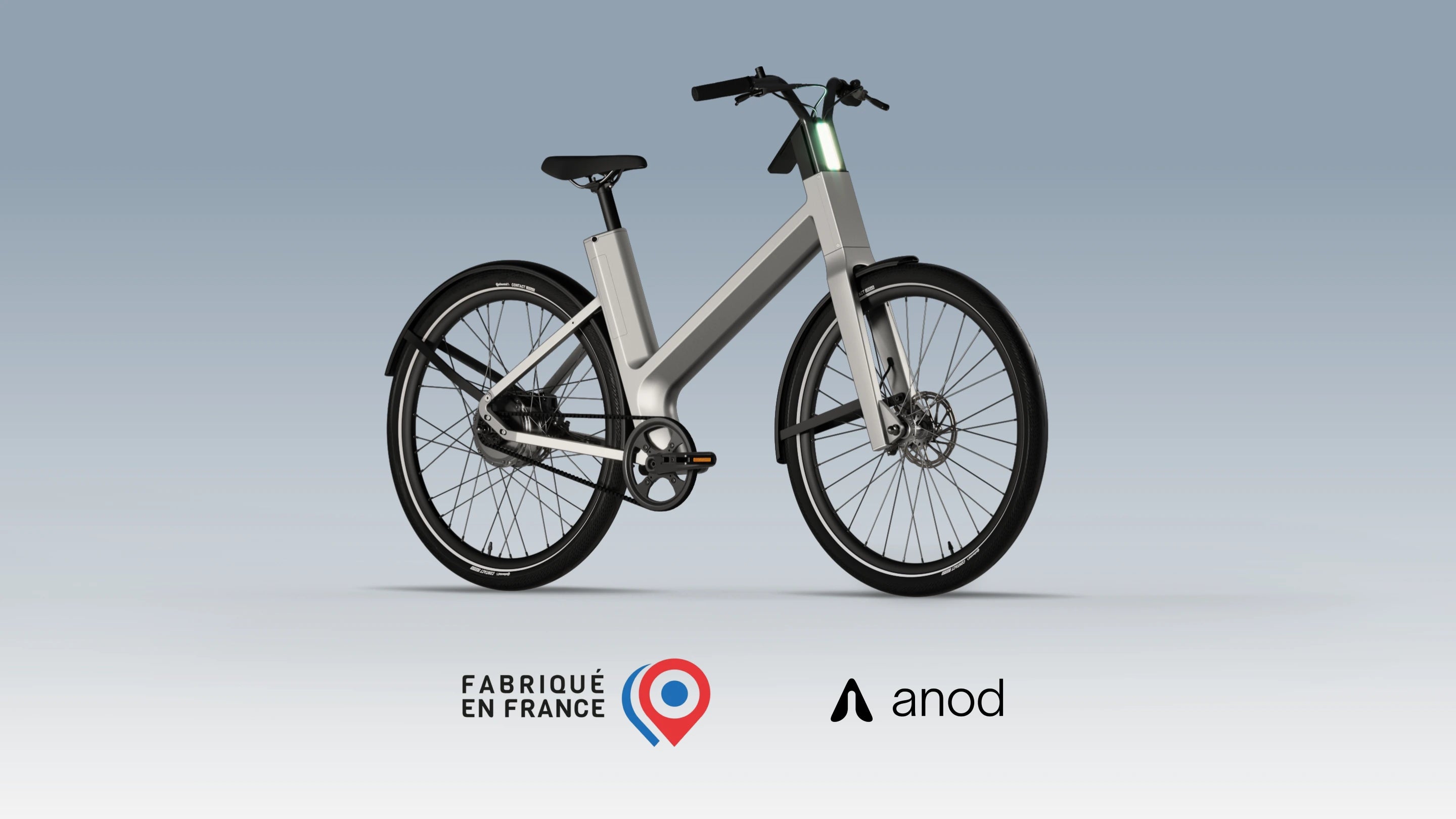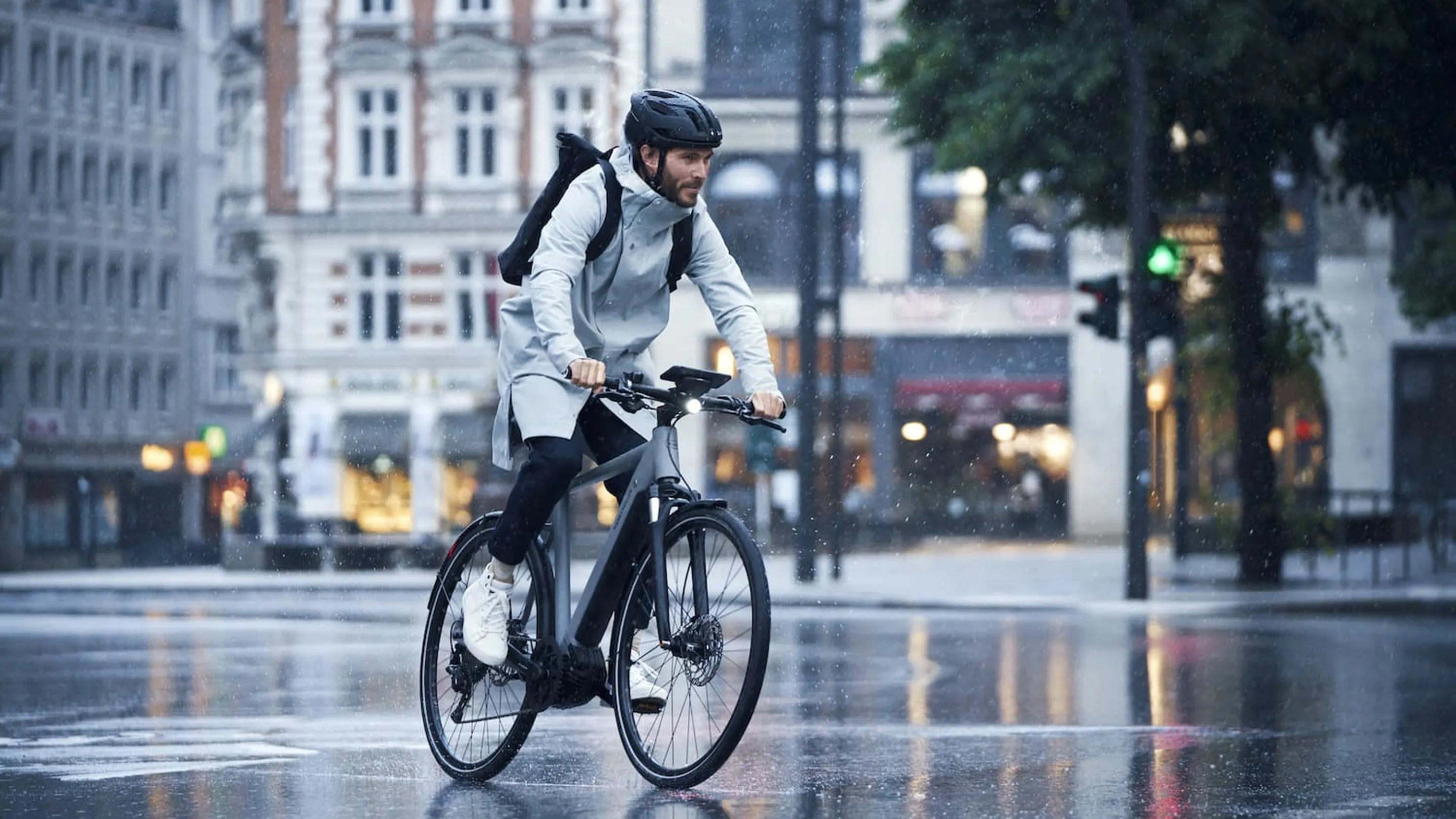The electric bicycle market is booming, driven by global awareness of our environmental impact and the growing need for alternative solutions to traditional urban transport. Faced with this craze for electric bikes, many brands have launched the race for the best electric performance via lithium batteries. However, the manufacturing of these batteries has a significant impact on the environment. It is in this context that new battery-free electric bicycle technologies have emerged. These innovations are driven by pioneering brands in the field of battery-free and hybrid, such as Pi-Pop or Anod. These battery-free electric bikes use supercapacitors to store and release the energy generated by the rider, providing a sustainable and environmentally friendly alternative.
Battery-free electric bikes: operation and advantages
Battery-free e-bikes are an innovative approach to power. Unlike traditional methods, these bikes take advantage of a system for recovering the kinetic energy generated by the rotation of the wheels, then transforming it into electricity. This method of energy regeneration via a supercapacitor and an energy recovery motor makes it possible to provide electrical assistance without depending on a battery. Thanks to this technology, these bikes offer reliable and sustainable assistance over time, while helping to reduce our carbon footprint.
Understand how the electric bike with energy recovery motor works without a battery:
The operation of the electric bike without a battery is based on an innovative kinetic energy recovery system. The energy recovery motor stores the energy generated by pedaling, braking and wheel movement in a supercapacitor. This storage device allows rapid release of energy to assist the cyclist when climbing or accelerating. With this system, as you pedal, you generate electricity to power the bike, allowing you to travel longer distances without requiring a battery recharge.
Can an electric bike be charged while riding?
Most electrically assisted bicycles available on the market do not have an energy regeneration system. This is mainly because the widely used mid-engines are not equipped with this function. To benefit from energy regeneration, a bicycle must generally be equipped with a motor integrated into the rear wheel hub. During the braking process, kinetic energy that would otherwise be dissipated is converted into electrical energy by this motor. This energy is then stored in a capacitor, capable of redistributing it quickly, thus increasing the autonomy of the bike.
While regenerative braking is a widely adopted technology in the automotive industry, its use in e-bikes remains limited, due to the dominance of more traditional motors. However, some pioneers, such as Pi-Pop, have explored this route to eliminate battery dependence in favor of a system relying solely on supercapacitors. Others, like Anod, offer a hybrid approach combining the regenerative motor, supercapacitors and a miniature battery to provide a complete experience.
Can you ride an electric bike without a battery?
Indeed, it is possible to benefit from electric assistance without using a battery on an electric bike, provided that your electric bike is equipped with an energy recovery motor and, ideally, supercapacitors. These allow the energy generated by the cyclist, slopes and braking to be stored. So as you pedal, you generate electricity to power the bike, allowing you to travel longer distances without requiring a battery recharge.

The advantages of a battery-free electric bike and supercapacitors
No use of lithium
Unlike conventional e-bikes that rely on lithium-ion batteries, battery-free e-bikes do not require the use of this material.
Battery-free electric bikes offer an environmentally friendly alternative to conventional models. By eliminating or reducing dependence on these polluting components, they enable electrical assistance while reducing their environmental impact.
Increased reliability
Thanks to the supercapacitor and energy recovery motor, you don't have to worry about battery life or its ability to provide enough power for your commute. As batteries are the component most prone to wear and breakdown, not depending on them naturally extends the life of the bike.
Ease of use
Unlike regular electric bikes that require you to think about regular charging, a battery-free electric bike doesn't require you to worry about finding a power outlet or carrying a charger with you. You can simply hop on your bike and go at any time, without hassle.
Sustainability
Battery-free e-bikes offer a more sustainable and environmentally friendly alternative, while allowing users to enjoy the benefits of electric mobility. In fact, we not only avoid the costs linked to the purchase and replacement of batteries, but we also contribute to reducing the ecological footprint by avoiding the use of lithium which is a non-renewable resource.
Performance and use when the battery is exhausted

Do electric bikes still work when the battery runs out?
Battery-free electric bikes are extremely clever because they can operate without electrical assistance. Unlike conventional electric bikes which rely on a battery to power their motor, these bikes do not use energy from a battery for their movement. Instead, the energy is directly produced by the rider. In other words, “the road is your source of energy”. This means that you can move like on a standard electric bike while benefiting from electric assistance despite the absence of a battery.
Transitioning between assist modes is also very convenient on these bikes. You can easily switch from electric to manual mode in an instant. For example, if you want to do some exercise and pedal without assistance, simply turn off the electric motor and pedal like a traditional bicycle. But if you need an extra boost to climb a hill or travel a long distance, you can easily turn on the electric mode and enjoy the assistance of the motor.
Lifespan of an electric bike battery
E-bike batteries typically last around 2 to 4 years, depending on frequency of use and charging conditions. This means that riders will eventually need to replace the battery to maintain peak performance of their e-bike. In contrast, battery-free e-bikes have a much longer lifespan because they don't rely solely on the battery to operate. This means riders can enjoy their bike without worrying about replacing the battery anytime soon. The improved lifespan of these bikes is a major advantage for those who prefer a more durable and economical solution.
Comparison with traditional models
Battery-free electric bikes offer an interesting alternative to traditional models. By reducing the need for lithium to operate and avoiding the transport of often heavy batteries, they have an ecological and practical advantage. A few brands such as Pi-Pop are trying to enter this new industry. However, this emerging technology is not without limitations. Supercapacitors, although lightweight, have limited storage capacity, which can lead to a lack of energy during long uphill journeys, without the complement of a battery. So the choice between the lightness of the supercapacitor and the power and battery life of the battery depends on individual preferences and needs. Fortunately, some brands manage to combine these benefits with hybrid e-bikes, providing a balanced solution for users.
Anod: your versatile electric bike with or without battery

Anod stands out from the competition with its hybrid electric bike, which rather than choosing with or without a battery, has decided to combine supercapacitors and a battery. This innovative approach allows cyclists to benefit from one of the lightest batteries on the market, while reducing its use thanks to the energy stored by the supercapacitor during the journey. This fusion significantly extends battery life, ensuring continued power assistance even when the battery is discharged. This energy complementarity makes it possible to use a much smaller, more durable battery, which powers the motor in support of the supercapacitors.
In addition to this effective technological synergy, the “Anod Hybrid” offers unprecedented flexibility with its small removable battery. Users therefore have the choice between battery/supercapacitor hybridization and use without a battery.
Equipped with a powerful and quiet motor, it offers precise and efficient assistance to facilitate travel in town or in the countryside. In terms of economy, this bike represents a wise investment for those looking for an ecological and economical alternative to traditional means of transport. Don't hesitate any longer and book your test now to form your opinion.
Conclusion
Battery-free e-bikes offer a more liberating riding experience, as they do not rely on battery power to operate and stand out for being environmentally friendly through the use of recyclable supercapacitors. They represent an excellent means of mobility, especially for short trips in town. However, they may be less suitable for climbs or long non-stop distances.
This is why the combination of battery and supercapacitors seems to be the best choice. This more durable option also offers battery-free assistance while meeting the needs of a traditional e-bike. It is the perfect fusion of the two worlds, combining practicality and durability.






